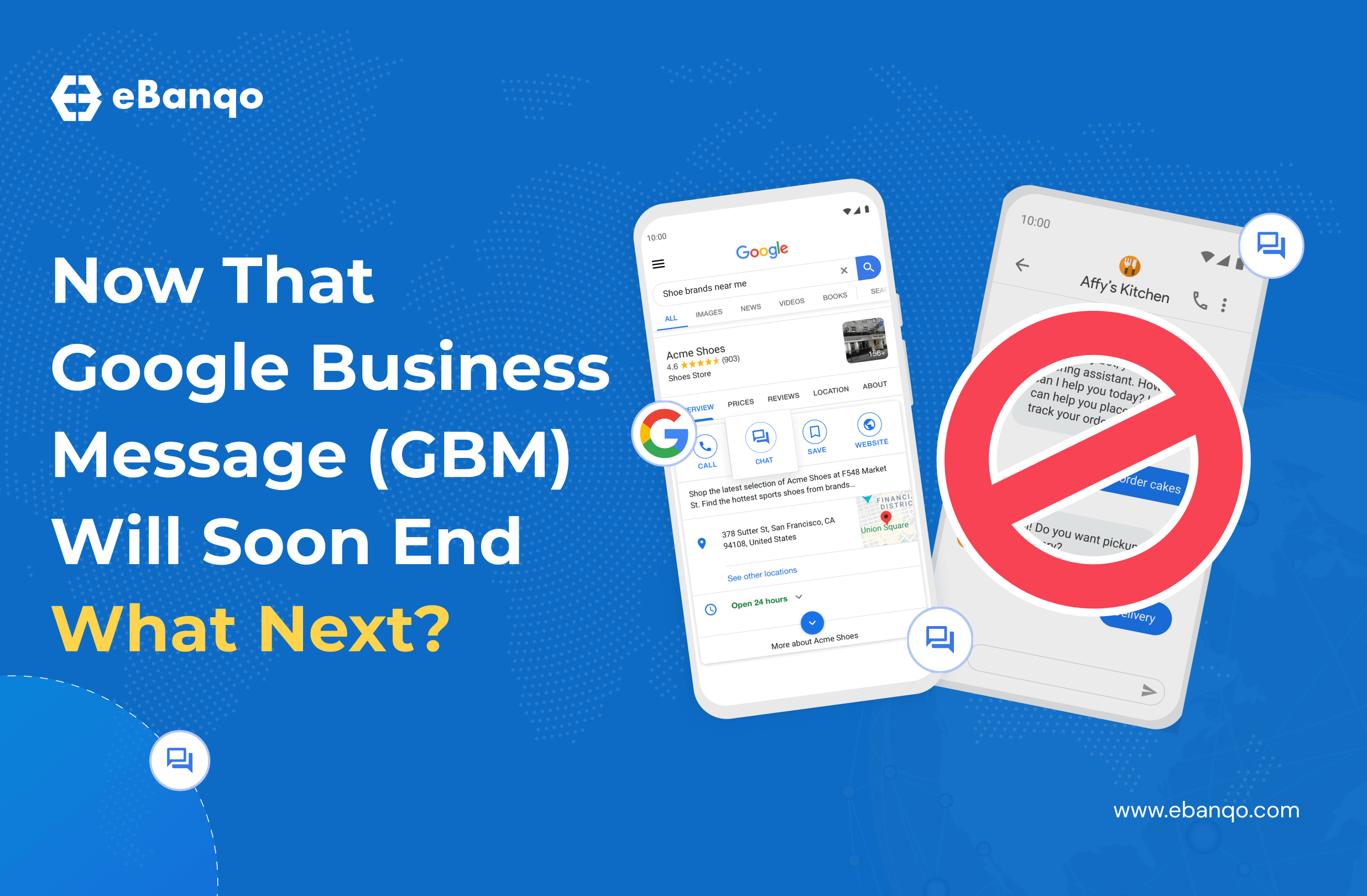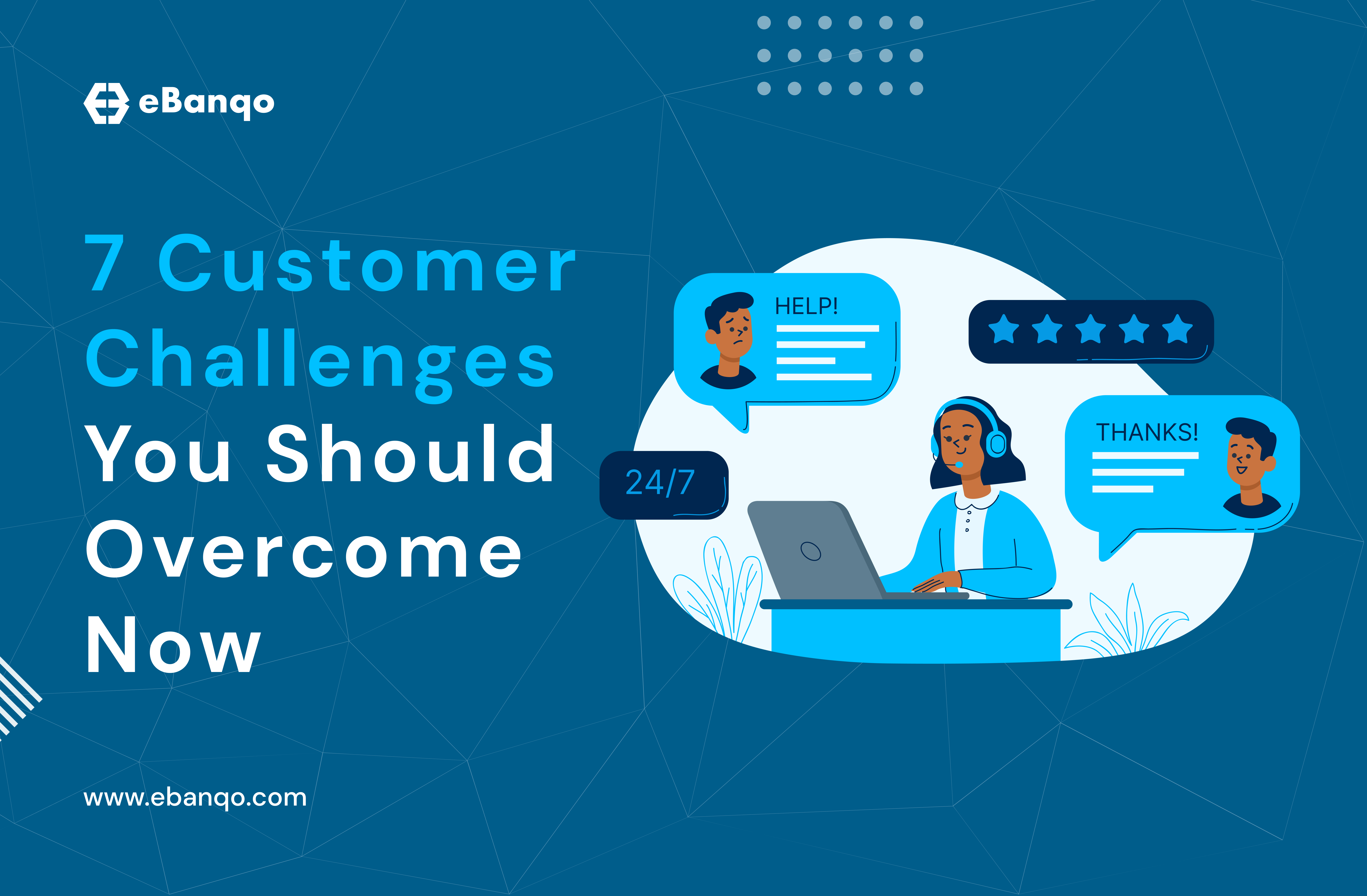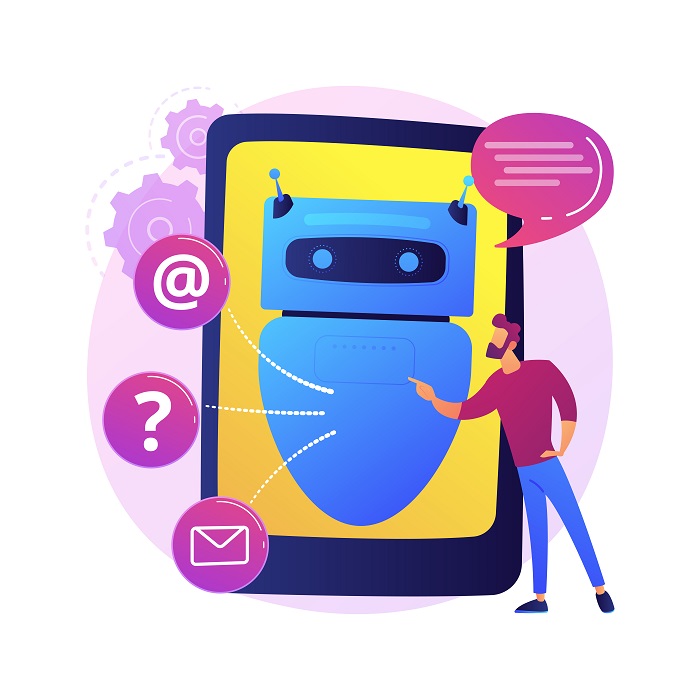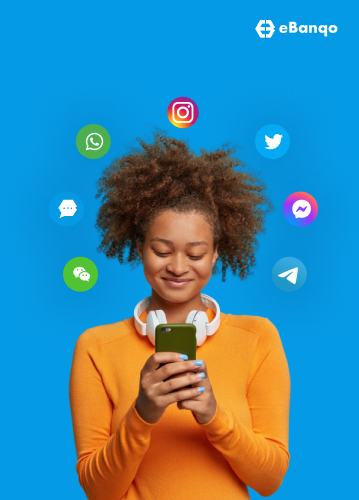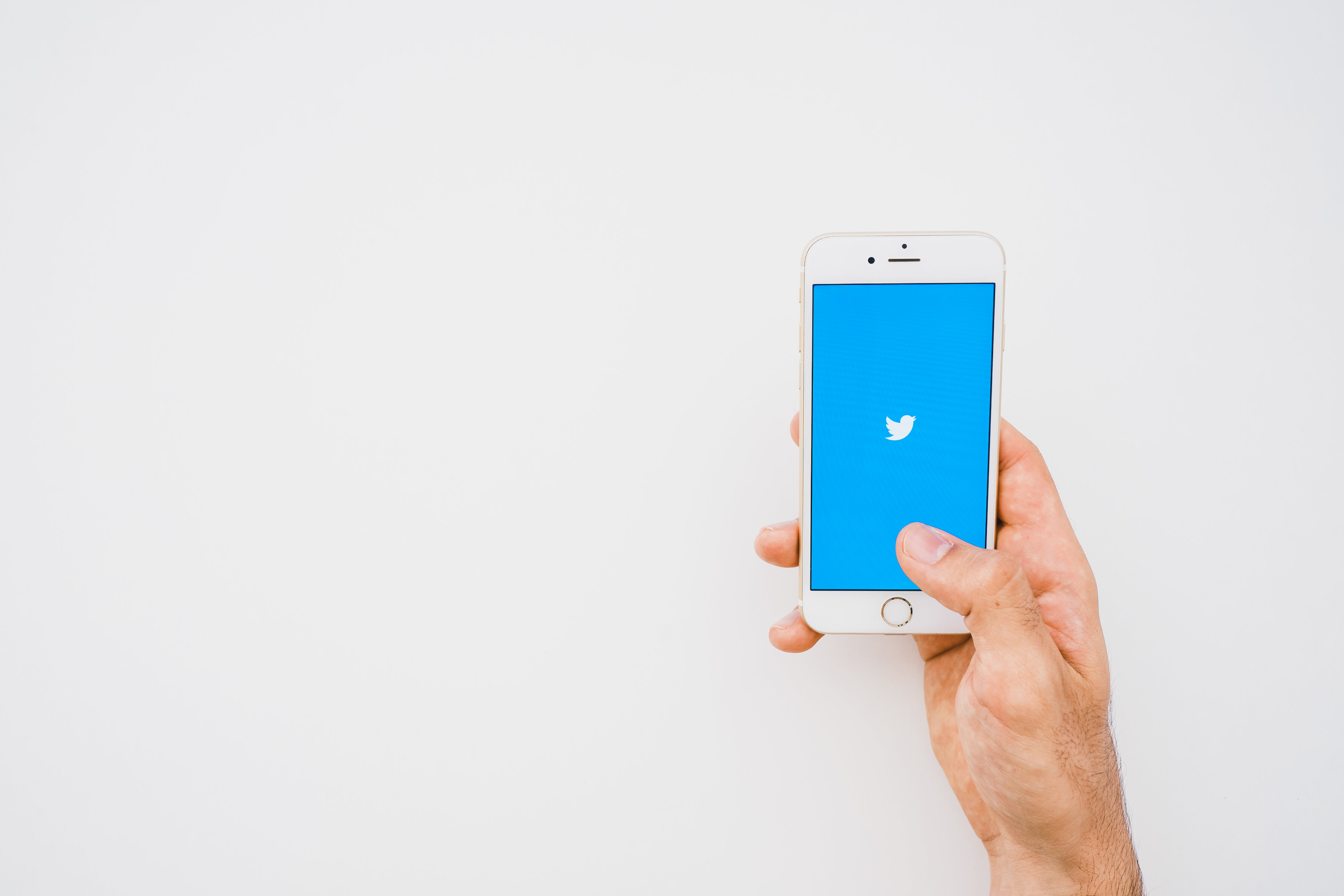
One of the major reasons consumers use Twitter is to interact with brands. Most of these interactions are around customer support and enquiries. Providing customer support on social media and Twitter especially is an efficient way to assist customers and increase customer satisfaction. This article explains the uniqueness of a Twitter chatbot and explores how it enhances customer service on Twitter.
What makes a Twitter customer service chatbot different?
Twitter fosters communication between consumers and brands in a unique way, different from other social media platforms. Customers commend businesses for excellent services, air their grievances and raise complaints on the platform. When they make complaints on the platform, they don’t only expect a response but also want a quick issue resolution which is no surprise as customer service is one of the top reasons consumers follow brands on the platform.
Some businesses have made efforts to deliver better support on the platform as seen in the fact that the use of Twitter as a social care platform has increased customer satisfaction as well as kept costs down. The average cost of a Twitter response is $1 compared to that of a traditional call centre which is $6.
Consumers’ use of the platform either for customer service or product enquiries combined with the rising acceptance of chatbots makes Twitter an ideal channel for providing social care services.
How chatbots enhance customer service on Twitter
Twitter supports the use of its platform for customer service. The most popular step towards providing better support was creating a separate customer service handle. In spite of this, customer support wasn’t perfect. It required customer service agents to monitor the account and
be available at all times to respond to queries or issues. On average, it took businesses over one hour to resp
Customers value timely support and are not willing to wait that long. They prioritize promptness so much that when they received, they are willing to pay much more. Most businesses went the extra mile to meet this demand hiring more people and extending 24/7 support. Unfortunately, a lot of businesses couldn’t afford this and those who could keep looking for efficient ways to keep costs down without sacrificing quality. The solution to this problem is the introduction of chatbots on Twitter.
Twitter chatbot enables the automation of responses to frequently asked questions and also provide self-service options for customers. The goal of self-service is to enable customers to solve simple problems on their own limiting the need to contact the business.
Follow these steps to use a Twitter chatbot for customer service
Building a Twitter chatbot isn’t very different from building a chatbot for other messaging platforms. To begin, collate all the questions you get in your DM and assign responses to each of them. You can also be proactive and include questions from other sources like your email and Facebook alongside other likely questions.
A Twitter chatbot requires technical expertise like applying for a development account, creating a Twitter app and setting up a development environment. If you don’t have an in-house development team consider partnering with an external company like eBanqo to meet this need.
Next, you’ll want to think of the conversation experience. What kind of message do you want to display once customers send a direct message? How do you want to guide customers in the use of your chatbot to ensure they get the help they need in the shortest time possible? And what are the most common questions and issues that will be displayed prominently within the chat window?
Let’s examine each of the following below:
1. Welcome message: A welcome message is the first message your customer gets from your chatbot. It introduces itself (this is a good opportunity to inform customers that they’re chatting with a bot. Remember that customers don’t like to be misled). A welcome message is important because it guides the Twitter conversation early on, telling customers the activities they can complete with the chatbot.
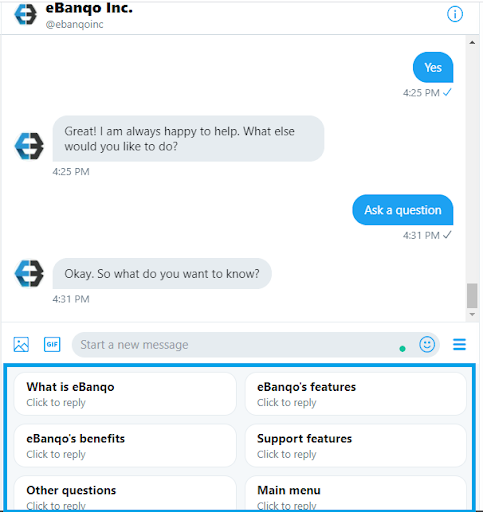
2. Quick replies: The next thing to consider is quick replies. Quick replies are a set of options, usually in response to a question that you present to your customers to choose from. Their aim is to guide the conversation and provide structured responses to questions.

Welcome messages and quick replies improve the conversation experience. Ensure that you put the most important questions or issues as quick replies. That way, customers can resolve issues faster. Another point to note is the need to always include human handover. Make it possible for customers to chat with agents either at their request or when the chatbot can’t resolve an issue.
Majority of Twitter users engage with brands, make product enquiries and get help when necessary on Twitter. You have to take into account these needs and provide reliable customer support through a chatbot
With a Twitter chatbot, you can scale your customer service, providing instant answers to customers’ questions 24/7. Ensure that your chatbot reflects your brand and helps your customers perform the specified tasks conveniently. Measure progress and keep improving on your chatbot based on learnings and insights.

